Treatment breast
Breast Augmentation Surgery
Breast augmentation, also known as augmentation mammoplasty or breast enlargement surgery, is an aesthetic surgery procedure designed to enhance the size, shape, and fullness of the breasts.
Search
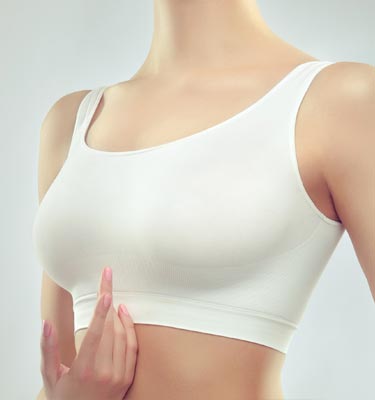
Treatment breast
Breast augmentation, also known as augmentation mammoplasty or breast enlargement surgery, is an aesthetic surgery procedure designed to enhance the size, shape, and fullness of the breasts.
At a glance
Expected Results
Improved breast size and shape
Treatment Time
1-1.5 hours
Anaesthesia
General anaesthetic
Recovery Time
4-6 weeks
Return to Work
1-2 weeks
Frequency
Implants last 10-20 years
Treatment Overview
Breast augmentation, also known as augmentation mammoplasty or breast enlargement surgery, is an aesthetic surgery procedure designed to enhance the size, shape, and fullness of the breasts.
It typically involves the placement of implants (saline or silicone) to achieve the desired results. This surgery is ideal for individuals seeking to improve breast symmetry, restore volume lost due to pregnancy, weight loss, or aging, or simply enhance their overall appearance and confidence.
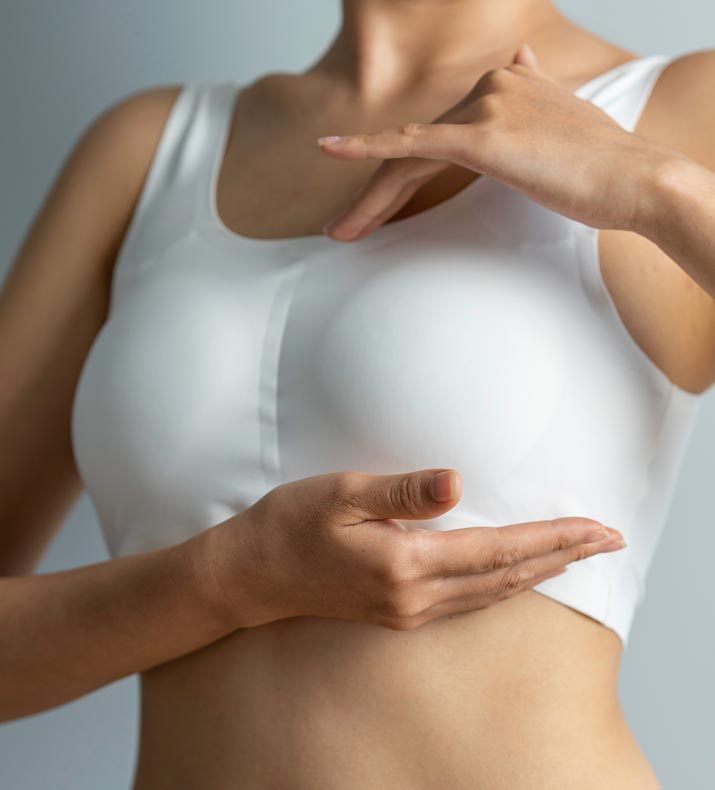
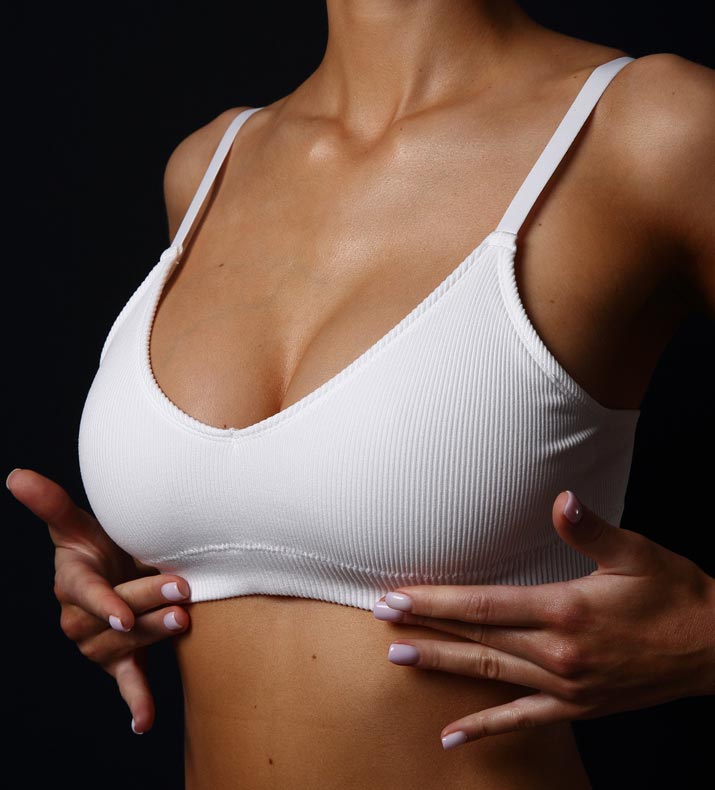
About Breast Augmentation
Choosing Mr Paul Wilson for your breast augmentation ensures you are in the hands of a skilled and compassionate accredited plastic surgeon with 15 years of experience in aesthetic and reconstructive breast surgery. Mr Wilson is renowned for his personalised approach, taking the time to understand each patient’s unique goals and crafting a customised treatment plan to deliver natural-looking results. His meticulous surgical technique minimises scarring and promotes faster recovery, making him a trusted choice for patients seeking high-quality care.
Patients consistently praise Mr Wilson for his expertise, artistry, and commitment to patient satisfaction. With a state-of-the-art facility and a dedicated team, Mr Wilson ensures a comfortable and safe experience from consultation to recovery. If you’re considering breast implants or other forms of breast enhancement, trust Mr Wilson to help you achieve the look you’ve always desired.
A key aspect of breast augmentation is its personalised approach. Designed to enhance the size, shape and overall appearance of the breasts, this transformative surgery ensures every patient meets their unique aesthetic goals.
During the initial consultation, Mr. Wilson collaborates with you to determine the most suitable implant, size, type, and placement for your body and the intended outcome. Mr. Wilson primarily uses silicone implants. We also specialize in lighter implants known as B-Lite implants, which are 30% lighter and are made from borosilicate. Silicone implants provide a natural look and feel. We utilize a variety of brands of silicone implants, including Mentor and Motiva implants, which feature their own progressive gel qualities.
A triple assessment is conducted to ensure you select the correct implants. We recommend performing a rice test initially by placing dry rice into a stocking and assessing your desired volume in a bra. The weight in grams of the rice bag corresponds to the weight and cc of the implant. External sizers are then used to replicate your rice bag results. Please bring a sports bra that you would like to fit into to your consultation. Lastly, Mr. Wilson employs 3D Vectra scanning to help you visualise the potential outcome, guiding you to make an informed decision replicating the exact implants you will have.
The shape of the implant (round, teardrop or progressive gel) and the profile (low, medium, high, ultra-high) are also selected based on anatomy and the desired result. Whether you seek subtle enhancement with natural-looking results, or a dramatic change, every detail is tailored to your needs.
Breast augmentation is performed under general anaesthesia and takes approximately 1-1.5 hours. Mr Wilson employs advanced techniques to help minimise scarring and promote optimal results, using the most suitable approach for each case.
An incision is made within the inframammary fold (under the breast), providing excellent access for implant placement which hides scars effectively. Alternatively, an incision can be made around the nipple (peri areolar) if you desire discreet scarring and request some adjustments to the areola size. If combined with an uplift operation, mastopexy scars are used for access. These are discussed within the mastopexy section.
The plane of the implant is decided pre-operatively but may change during the operation depending on your anatomy. This depends on the volume of your native breast, your expectations and how physically active you are. Implants may be placed into either a sub-glandular, sub-fascial or dual plane, halfway under the breast muscle and halfway under the breast gland.
Sub-glandular means the implant is placed above the chest muscle and below the breast gland, and is suitable if you have sufficient natural breast tissue. A dual-plane is used when there is insufficient breast tissue to adequately cover the upper pole of the implant or if a more subtle transition is required between the chest wall and the implant. This also confers advantages of a reduced capsular contracture rate and improved chest wall breast slope.
The sub-fascial plane places the implant just under the lining of the muscle, on top of the muscle, under the breast gland. This gives a very natural position of the implant and eliminates the possibility of an animation effect if placed under the muscle. This is an ideal position for gym enthusiasts and athletes, and in some can enhance the cleavage.
Mr Wilson’s precision and attention to detail ensure the implants are positioned as symmetrically as possible, creating a balanced and aesthetically pleasing result. Breast augmentation is not a one-size-fits-all procedure and Mr Wilson customises every aspect of the surgery to suit your unique anatomy, lifestyle, and aesthetic goals. From selecting the ideal implant to determining the best incision and placement techniques, he prioritises your comfort, safety, and satisfaction. This personalised approach ensures stunning, confidence-boosting results.
Revision surgery following previous augmentation is also offered and is frequently associated with capsulectomy and mastopexy procedures. This is often required as the lifespan of the implant is approached or after breast feeding.
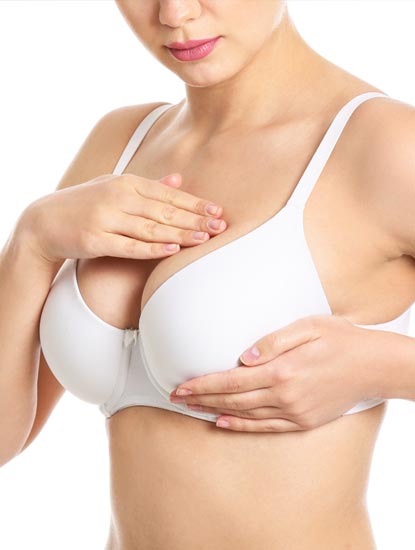
Benefits
Benefits include:
 Book a consultation now
Book a consultation now
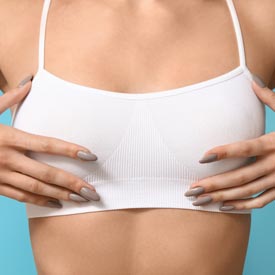
Post-Operative Recovery
Immediately after surgery, you may experience swelling, bruising and mild discomfort. You will be discharged with analgesia following your procedure. A supportive surgical bra will also need to be worn for 6 weeks to support your breasts and for comfort. We recommend Lipo-elastic or Macom garments. After 1-2 weeks you may find you can resume light activities and return to work (job dependent). Swelling will start to subside, and the initial shape of the breasts will become visible. By 4 to 6 weeks, swelling will have significantly decreased, and you may be able to return to more vigorous activities. Your implants will continue to settle into their final position. Full results are typically evident at 3-6 months post-surgery. As residual swelling resolves, and scars begin to fade, your enhanced natural-looking breasts develop. By one year, your breasts will drop into the fold and fluff.
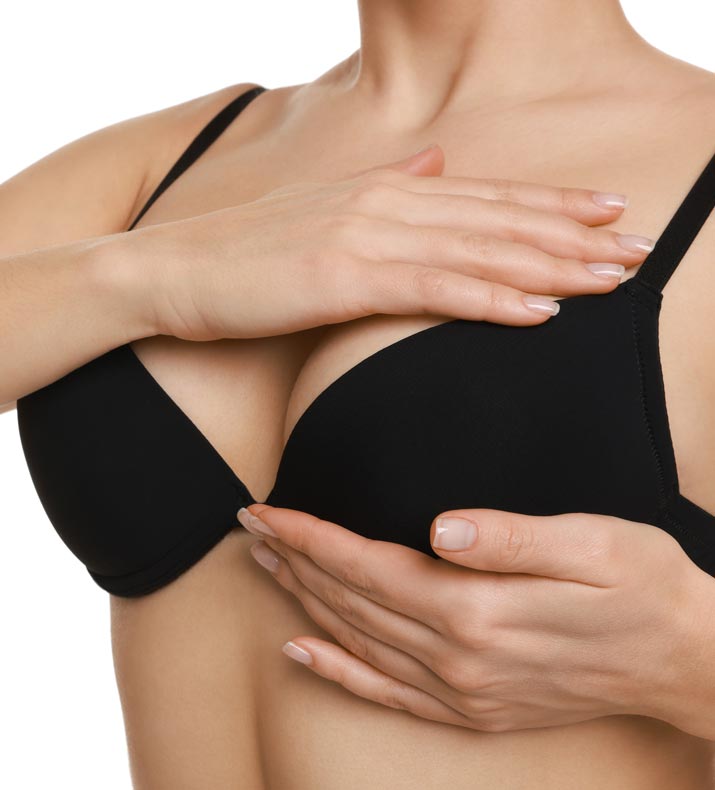
Procedure Video
In this video, we’ll guide you through the transformative journey of rhinoplasty, a procedure designed to enhance both the appearance and function of the nose.
Whether you’re looking to refine your profile or improve your breathing, we’ll cover everything you need to know – from the process to the results. Let’s explore how rhinoplasty can help you achieve your goals.
 Book a consultation now
Book a consultation now
The Results
Mr Wilson provides detailed aftercare instructions and regular follow-up appointments to monitor progress and ensure a smooth recovery. His commitment to patient care extends well beyond the operating theatre, offering on-going support to maintain the best possible outcomes. An annual review is offered to ensure that you do not have any problems or concerns.
Mr Wilson provides detailed aftercare instructions and regular follow-up appointments to monitor progress and ensure a smooth recovery. His commitment to patient care extends well beyond the operating theatre, offering on-going support to maintain the best possible outcomes. An annual review is offered to ensure that you do not have any problems or concerns.
Fees
The cost of each breast augmentation is tailored to the individual procedure.

FAQ
Breast augmentation is considered a safe and well-established procedure when performed by a qualified and experienced surgeon such as Mr Paul Wilson. Advancements in surgical techniques and implant technology have significantly reduced risks. However, like any surgery, it carries potential risks such as infection, implant rupture, or capsular contracture. Choosing an accredited plastic surgeon and following all pre- and post-operative instructions can minimise complications. Regular check-ups, ensure safety and satisfaction. Mr Wilson uses FDA-approved and MHRA-approved implants and prioritises patient safety, performing the procedure in accredited facilities with a proven track record of successful outcomes.
It’s important to understand that breast implants are not lifetime devices, but they are durable and can last 10-20 years or longer, depending on the type and individual factors. Routine monitoring is essential to assess their condition. Some patients may choose to replace their implants due to personal preferences or natural changes to the body, such as ageing, weight fluctuations, or pregnancy. Silicone implants are highly resilient, with advanced designs reducing the likelihood of rupture or leakage. Mr Wilson provides guidance on when to consider replacing implants and offers personalised follow-up care to ensure long term satisfaction.
Proper aftercare is vital for a smooth recovery and optimal results. Mr Wilson recommends a series of follow-up appointments at 1 week, 6 weeks, 3 months and 6 months after surgery to monitor healing and progression of results. For around 6 weeks after surgery a supportive surgical bra will need to be worn day and night to minimise swelling and support healing. Patients should avoid heavy lifting, strenuous exercise, and sleeping on their stomach for several weeks. Keeping incisions clean and dry is essential to prevent infection. Minor discomfort is normal and can be managed with pain relieving medication. Following these guidelines ensures a faster recovery and helps achieve natural long-lasting results.
Patients can typically resume driving 1-2 weeks after breast augmentation, provided they are no longer taking prescription pain medication, are pain free and can do an emergency stop. It’s important to have full mobility in the arms and chest and ensure the seatbelt does not irritate the surgical area. Mr Wilson evaluates each patient’s recovery progress during follow-ups and provides personalised recommendations regarding when it’s safe to drive again. Patient safety and comfort are top priority.
Breast augmentation can be performed as a day case procedure, meaning patients can go home on the same day. The surgery typically takes 1-1.5 hours, followed by a short observation period in a recovery room. Patients must arrange for someone to drive them home and provide assistance during the first 24-48 hours. Mr Wilson ensures each patient receives detailed pre- and post-operative aftercare instructions for a safe, comfortable recovery at home. Mr Wilson or a member of his team will be available for patients to contact if they have any queries or concerns.
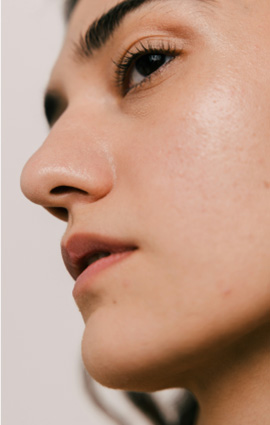
Schedule your consultation
Embark on your journey to a more confident you. Contact Mr Paul Wilson today to schedule your initial consultation and learn more about how his expertise can make a lasting, positive change. He also offers complimentary Zoom video consultations for your convenience.
